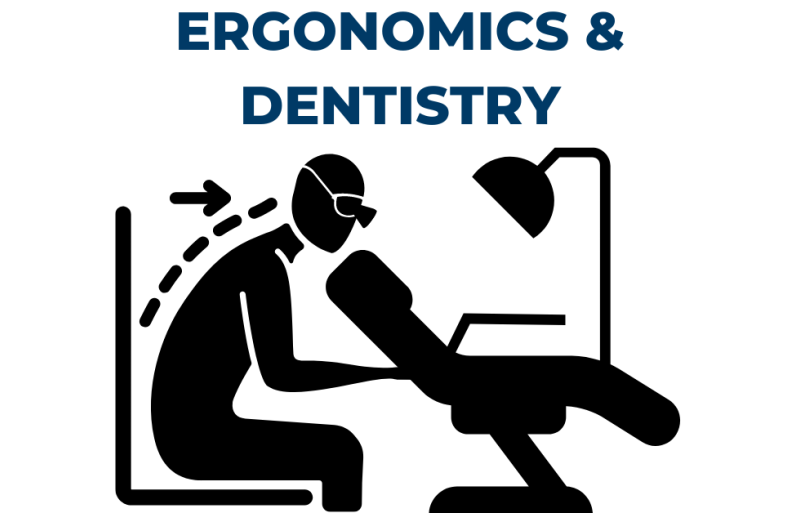In the fast-evolving world of medical education, simulation-based training has become a cornerstone for developing surgical skills. For laparoscopic procedures—where precision, coordination, and visual-spatial awareness are critical—using a laparoscopic simulator is no longer optional but essential. These simulators help bridge the gap between theory and real-world surgery, allowing trainees to practice in a risk-free environment.
However, with a variety of laparoscopic training systems available in the market today, choosing the right one for your medical college, hospital, or surgical training center can be a challenge. This guide will help you understand what to look for when selecting a laparoscopic simulator that suits your institution’s needs.
1. Understand Your Training Goals
Before diving into product specifications, it’s important to define your training objectives. Ask yourself:
- Are you training beginners or advanced laparoscopic surgeons?
- Do you want to focus on basic skills like camera navigation, instrument handling, and tissue manipulation?
- Or are you looking for advanced procedural simulations like hysterectomy, cholecystectomy, or suturing?
Based on your goals, you can choose between basic box trainers, virtual reality simulators, or hybrid systems.
2. Types of Laparoscopic Simulators
Box Trainers
These are physical systems where users perform tasks inside a box using real laparoscopic instruments. A camera projects the view to a screen, replicating the visual experience of laparoscopic surgery.
Pros: Affordable, easy to set up, ideal for basic skills.
Cons: Limited feedback, no analytics, lacks advanced procedure simulation.
Virtual Reality (VR) Simulators
VR systems provide a fully digital environment with simulated instruments and procedures. They often include built-in assessment tools and performance tracking.
Pros: Realistic scenarios, instant feedback, skill progression tracking.
Cons: Expensive, requires regular software updates and maintenance.
Hybrid Simulators
These combine the tactile feel of physical instruments with the immersive experience of virtual simulations.
Pros: Balanced learning, adaptable to various levels.
Cons: Moderately expensive, may need special installation.
3. Key Features to Look For
- Realism & Haptic Feedback
The simulator should mimic real laparoscopic procedures as closely as possible. Haptic feedback—the sense of touch—plays a huge role in helping trainees understand tissue resistance and force application.
- Performance Assessment Tools
Advanced simulators come with tracking systems that assess:
- Instrument movement
- Time taken to complete tasks
- Accuracy and errors
Such analytics help identify strengths and weaknesses in trainees, making evaluations objective.
- Portability and Setup
If your institution conducts off-site workshops or has space limitations, opt for simulators that are lightweight, portable, and easy to assemble.
- Built-in Curriculum
Some simulators come with structured training modules based on global standards like the FLS (Fundamentals of Laparoscopic Surgery) or LSRP (Laparoscopic Skills and Rating Protocols). These pre-loaded curriculums can help standardize your training.
4. Budget and Long-Term Investment
A good laparoscopic simulator is an investment in the future of your institution. While VR simulators offer advanced features, they come with a higher upfront cost. Box trainers, on the other hand, are more affordable and require minimal maintenance.
Consider the following when budgeting:
- The initial cost of the simulator.
- Maintenance and software updates.
- Warranty and after-sales service.
- Cost of replacing parts or tools.
Choose a solution that provides maximum value without compromising on the core training experience.
5. User-Friendliness and Technical Support
Medical faculty, technicians, and trainees should be able to use the simulator with minimal training. Look for systems with an intuitive interface and user manuals. Reliable customer support and technical assistance are essential for minimizing downtime and ensuring consistent training.
6. Feedback from Users and Institutions
Before finalizing a purchase, talk to other medical institutions that use the simulator you’re considering. Their feedback can give you practical insights into performance, durability, and effectiveness. Product demonstrations and trial sessions can also help you assess suitability firsthand.
7. Indian Market Consideration
If your institution is based in India, consider simulators from Indian medical device companies that offer cost-effective solutions without compromising quality. Several manufacturers now produce locally-built laparoscopic simulators tailored for Indian medical training needs, making support and service easier to access.
Conclusion
Choosing the right laparoscopic simulator for your institution is a crucial decision that can directly impact the quality of surgical training. Whether you’re looking for a simple box trainer or a sophisticated VR-based system, the key lies in aligning the simulator’s features with your institution’s goals, budget, and training requirements.
With the right investment in simulation-based training, your institution can produce confident, skilled, and safe laparoscopic surgeons—ready to meet the challenges of modern healthcare.



